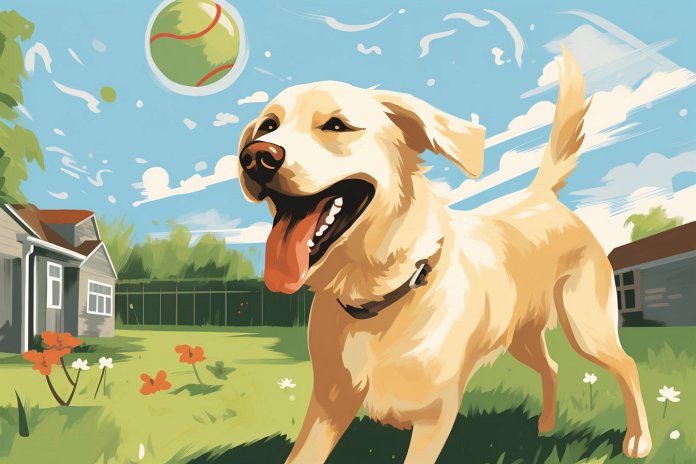
Many drugs, like codeine, can be helpful for treating conditions in humans. However, it is important to remember that dogs should not take the same drugs as humans. Codeine, derived from morphine, is a sleep-inducing and analgesic drug that can be dangerous for dogs. Even if you believe your dog is in severe pain, it is not safe to give them human-prescribed codeine as it can cause illness, seizures, and even death.
Signs of Codeine Poisoning in Dogs
While there are dog-specific codeine medications, accidental overdoses can still occur. Watch for signs of sedation, lethargy, laziness, vomiting, gastrointestinal issues, trouble eating, labored breathing, and dilated pupils. Other signs to look out for include weakness, body freezing, raspy panting, lack of focus, ears back, and blinking. Additional signs include vomiting, diarrhea, sleepiness, unconsciousness, seizures, and constipation.
Historic Uses of Codeine for Dogs
Although codeine is generally dangerous for dogs, veterinarians may prescribe dog-specific dosages for pain relief, cough suppression, or as an anti-diarrhea medication. It can be used to manage moderate pain, post-surgical pain, and chronic pain in the back, muscles, and joints.
The Science of Codeine’s Effects on Dogs
Codeine mimics natural pain-reducing chemicals in the brain by binding to opioid receptors and blocking pain signals. It increases pain tolerance, causes sedation and drowsiness, depresses breathing, and reduces discomfort.
Training Your Dog to Avoid Codeine
While dogs cannot become addicted to codeine, accidental overdoses or curious behavior can lead to illness or death. Train your dog to follow basic obedience commands like “no,” “leave it,” and “stay.” Teach them to stay out of areas where medicine is kept, and consider training them to take medicine from your hand or play a throw-and-catch game with pills. Reward your dog and keep medicine in a safe, inaccessible place.
“Keep your dog safe: Never give them codeine, it can be incredibly dangerous and even deadly.”

Tips & Things to Know
1️⃣ Never give codeine to your dog: Codeine can be incredibly dangerous for dogs and can cause severe illness, seizures, and even death. Even if you think your dog is suffering from chronic pain, it is important to never give them codeine without consulting a veterinarian.
2️⃣ Watch for signs of codeine poisoning: If you suspect your dog has accidentally ingested codeine or has been prescribed a dosage that is too high, watch for signs of sedation, lethargy, vomiting, gastrointestinal issues, labored breathing, and dilated pupils. These can be indications of codeine poisoning and should be addressed immediately by a veterinarian.
3️⃣ Train your dog to stay away from medication: To keep your dog safe from accidental ingestion of codeine or other medications, train them to follow basic obedience commands and to stay out of certain rooms where medication is stored. Additionally, consider training your dog to take medication from your hand or play a game with their pills to ensure they take it properly. Always keep medication stored in a safe, hard-to-reach spot.
Frequently Asked Questions, Answered ✅
1. Can dogs take codeine?
– No, dogs should never be given codeine as it can be dangerous and even fatal for them.
2. What are the signs of codeine poisoning in dogs?
– Signs of codeine poisoning in dogs include sedation, lethargy, vomiting, gastrointestinal issues, trouble eating, labored breathing, dilated pupils, and seizures.
3. Are there any safe uses of codeine for dogs?
– In some cases, veterinarians may prescribe dog-specific codeine medication for dogs to manage mild to moderate pain, as a cough suppressant, or as an anti-diarrhea medication.
4. How does codeine work in dogs?
– Codeine works by blocking pain signals in both people and animals’ brains. It increases pain tolerance, causes sedation, drowsiness, and can depress breathing.
5. How can I train my dog to avoid codeine and medication?
– Train your dog to follow basic obedience commands like “no,” “leave it,” and “stay.” Also, train them to stay out of rooms where medication is stored and to take medication from your hand or through a throw-and-catch game.